Freshwater ecosystems – lakes, rivers, streams and wetlands – cover less than 1% of Earth’s surface, yet they host extremely high biodiversity – almost 6% of all known species in the world.
There are 117 million lakes in the world. Most of them are freshwater and small – almost 80% of all are smaller than two football fields in size.

Blue Alpine Pearl / Plavi alpski biser
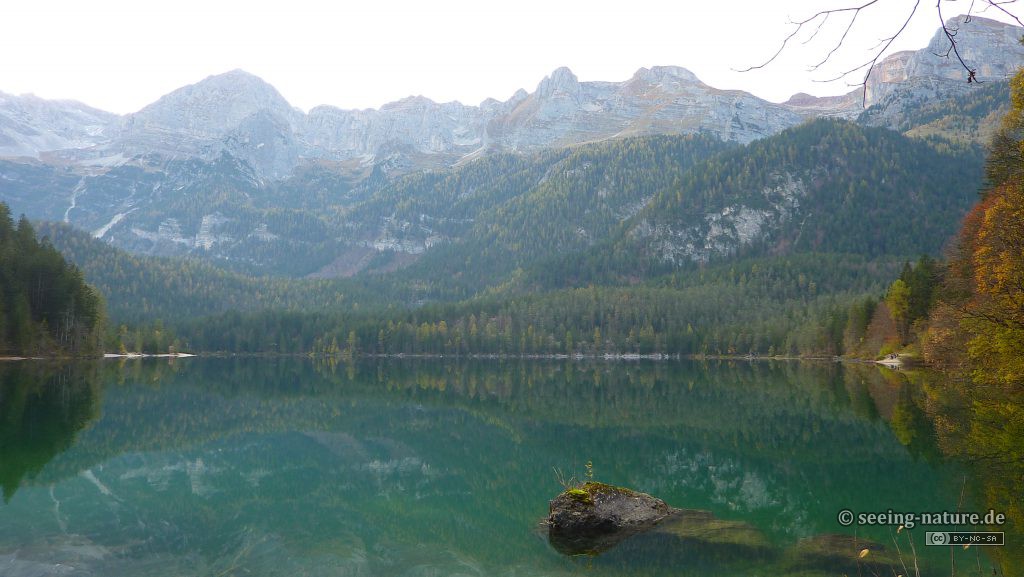
Still Symmetry
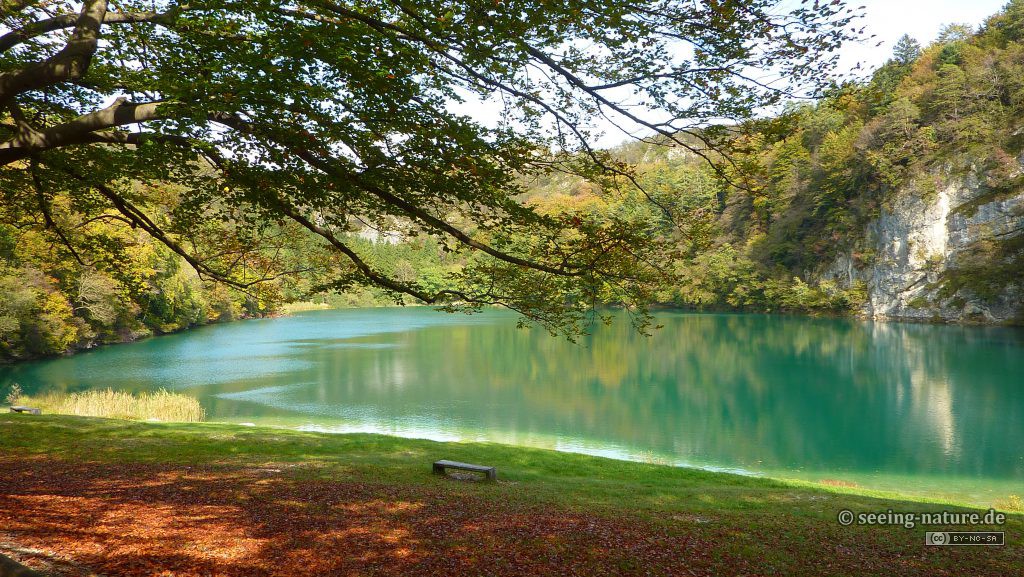
Stop the Time
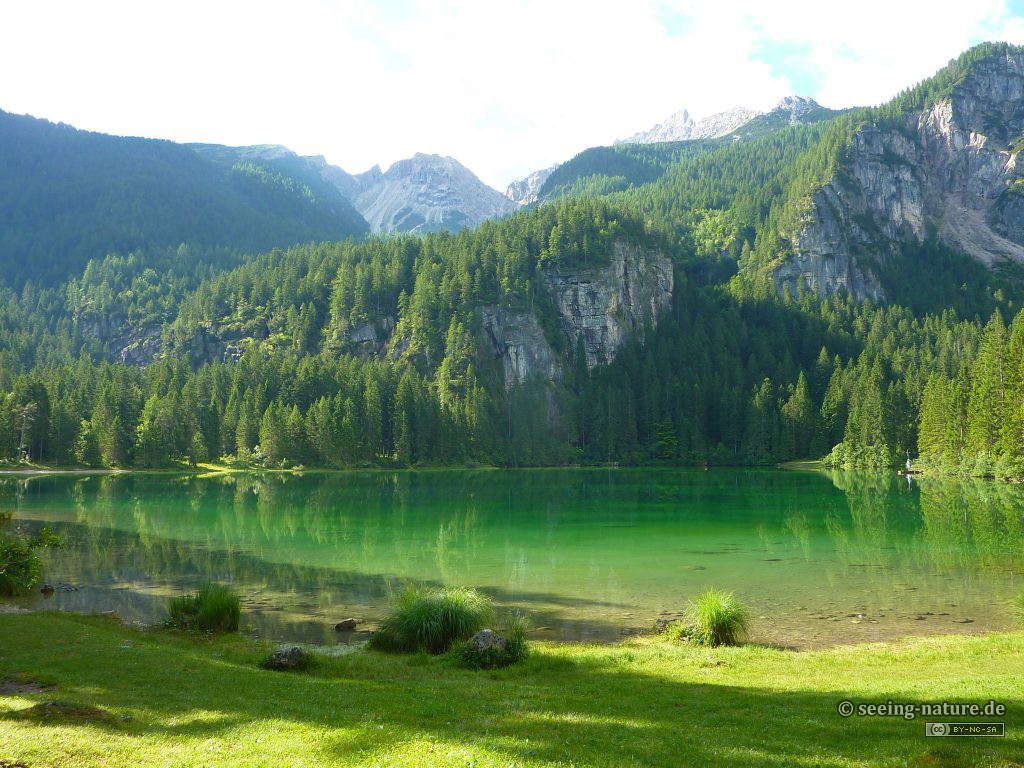
Deep Green
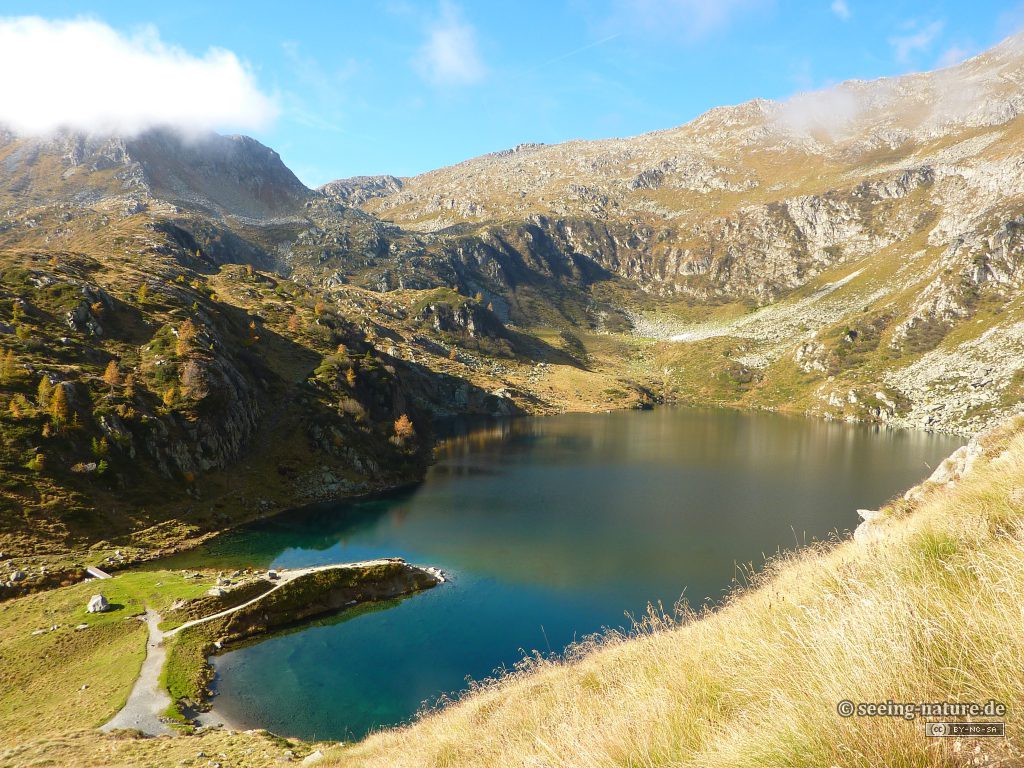
Alpine Eye

Snowmelt Bubble

Diving into Peace
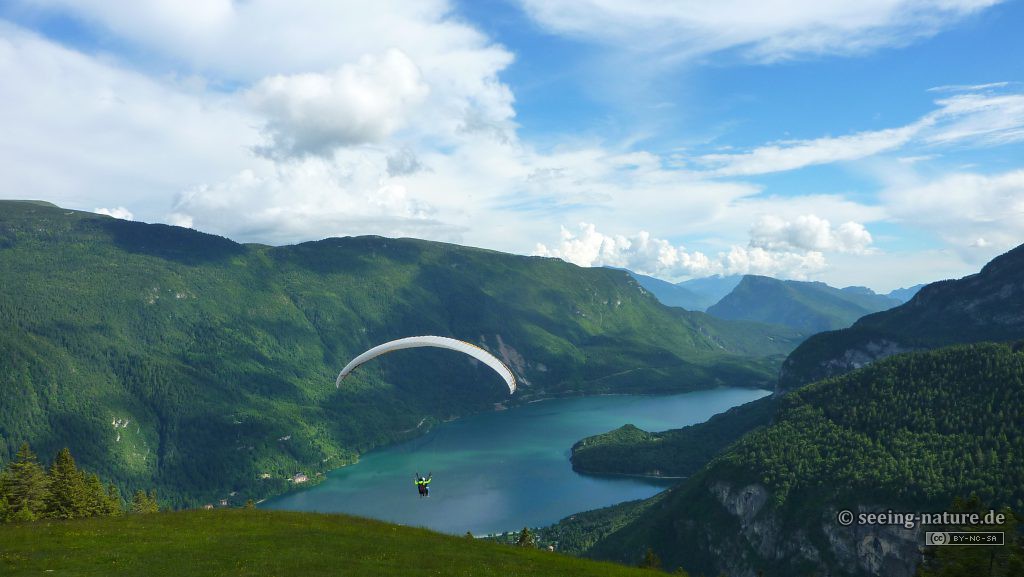
Flying High / Let u visine

The Shelter / Sklonište

Lunch Time

Beach Line
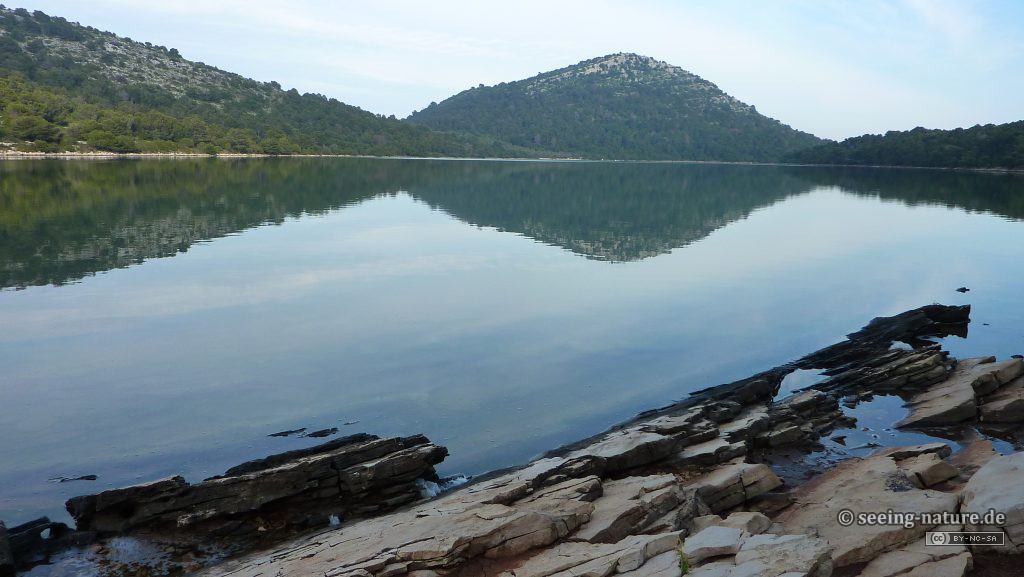
Broken Coast
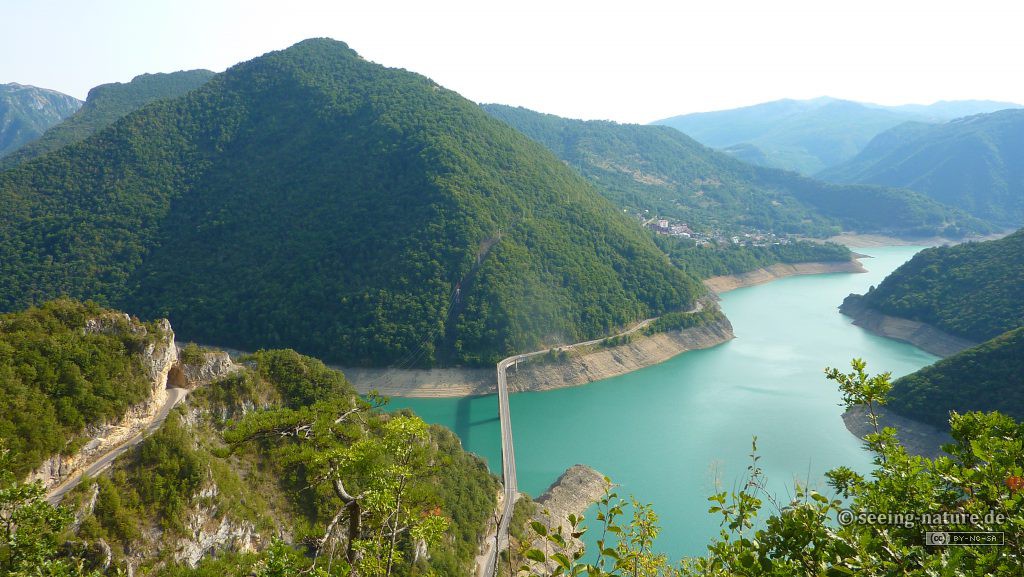
Dammed Power
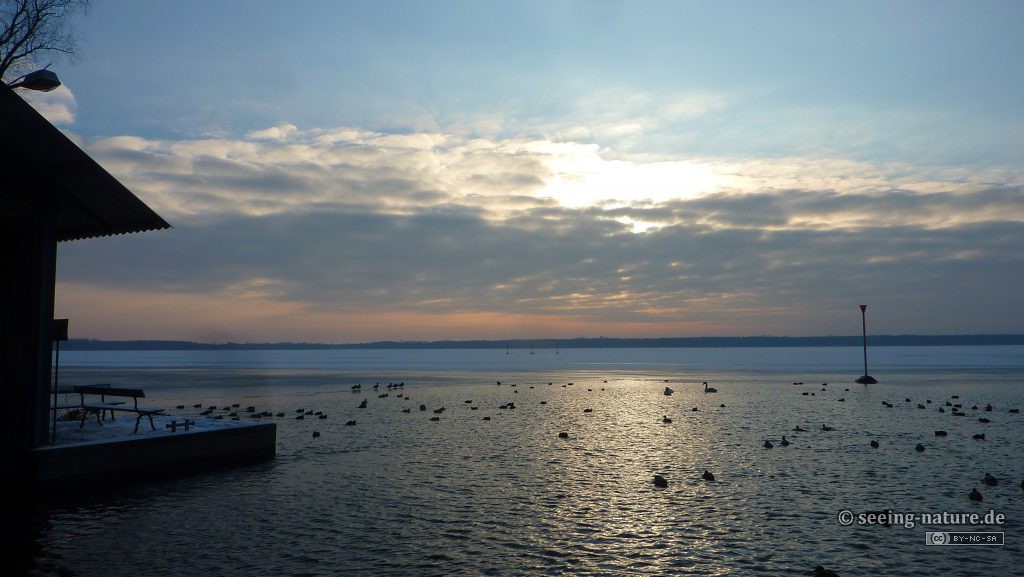
Frozen Stillness

Sleep Time
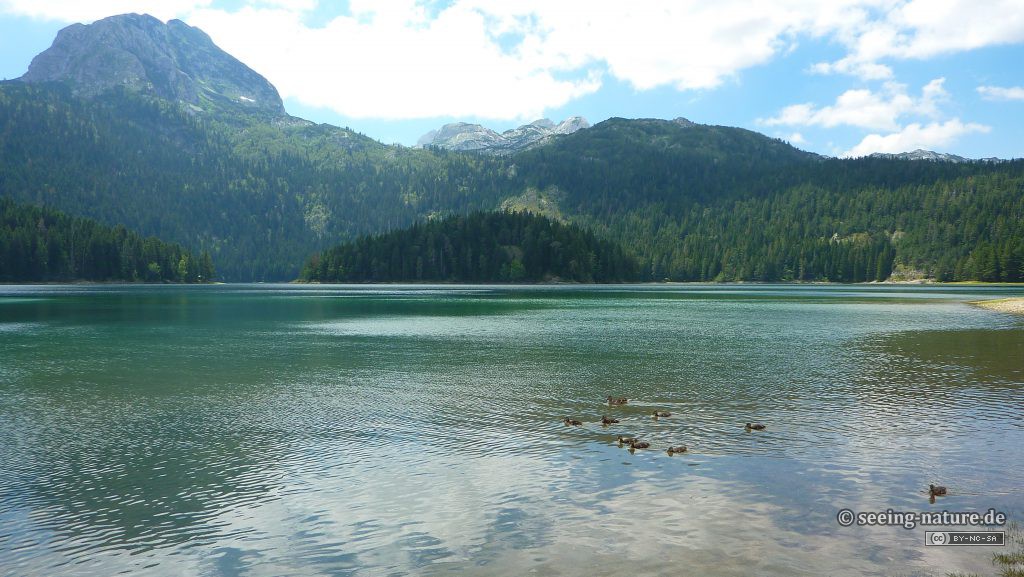
Family Cruise

Winter Nap
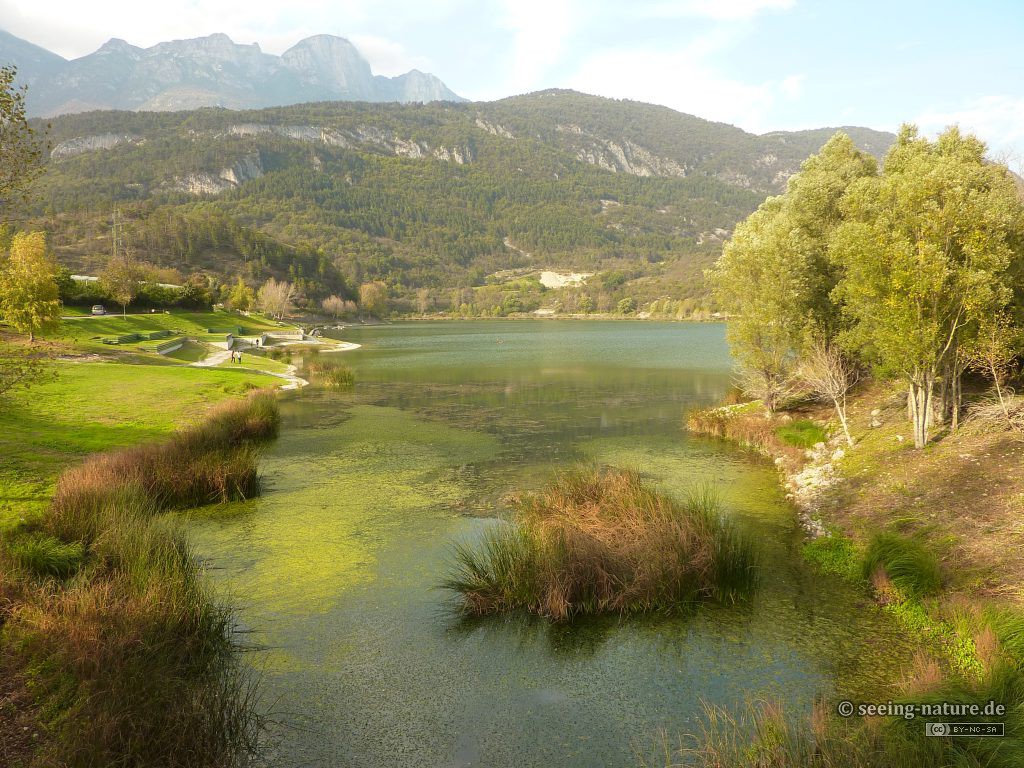
Blooming Water
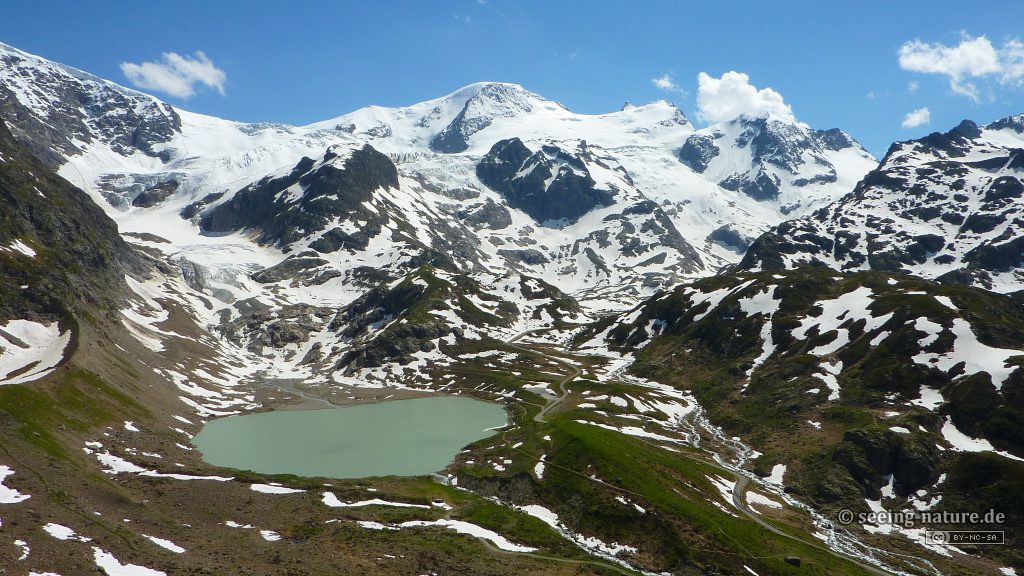
Liquid Glacier

Hugging the Sky
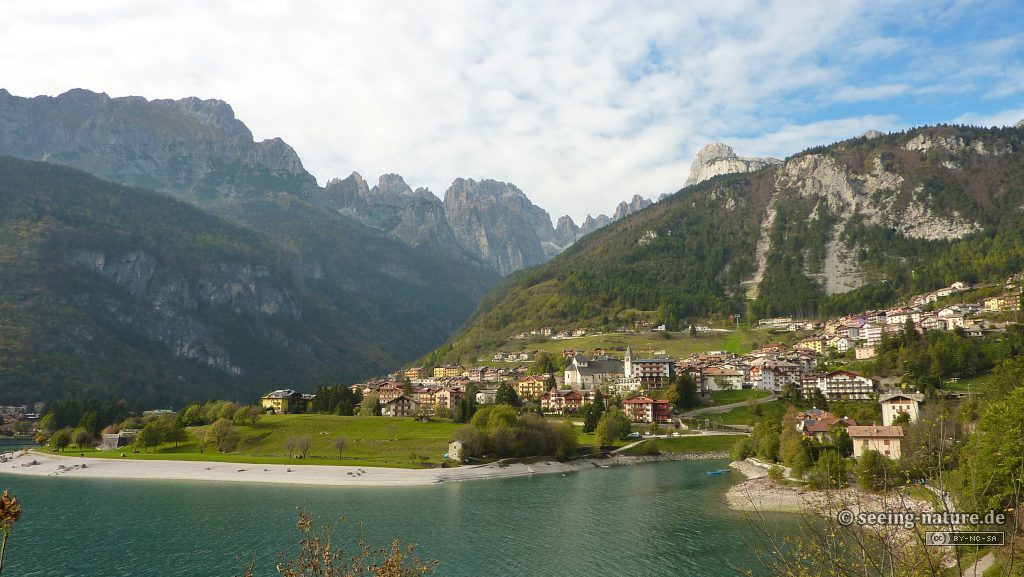
Postcard Village
-

Blue Alpine Pearl / Plavi alpski biser
🇬🇧 Lake Nambrone, 2380m. Trentino Provence, Italy
High alpine lakes, like the Lake Nambrone (2.380m) in Italian Dolomites, are typically very clear. Low temperatures and nutrients (nitrates and phosphates) limit the growth of algae, resulting in extremely clear water and deep penetration of sunlight.
Water molecules intercept and scatter light, the more the shorter the wavelength is – and that’s how the scatter of short-wavelength blue light, in combination with clear, blue sky, colors this water magnificently blue.
--------------------
🇷🇸 Plavi alpski biser.
Jezero Nambrone, 2380m nadmorske visine. Provincija Trentino, Italija
Visokoplaninska jezera su tipično veoma bistra. Niske temperature i malo hranjivih materija (nitrata i fostafa) ograničavaju rast algi, tako da je voda izuzetno bistra i kroz nju duboko prodire sunčeva svetlost.
U kontaktu sa molekulima vode, svetlost se rasipa – to više, što je kraća talasna dužina. Tako rasipanje kratkotalasne, plave svetlosti, u kombinaciji sa vedrim, plavim nebom, stvara ovu veličanstvenu plavu boju. -
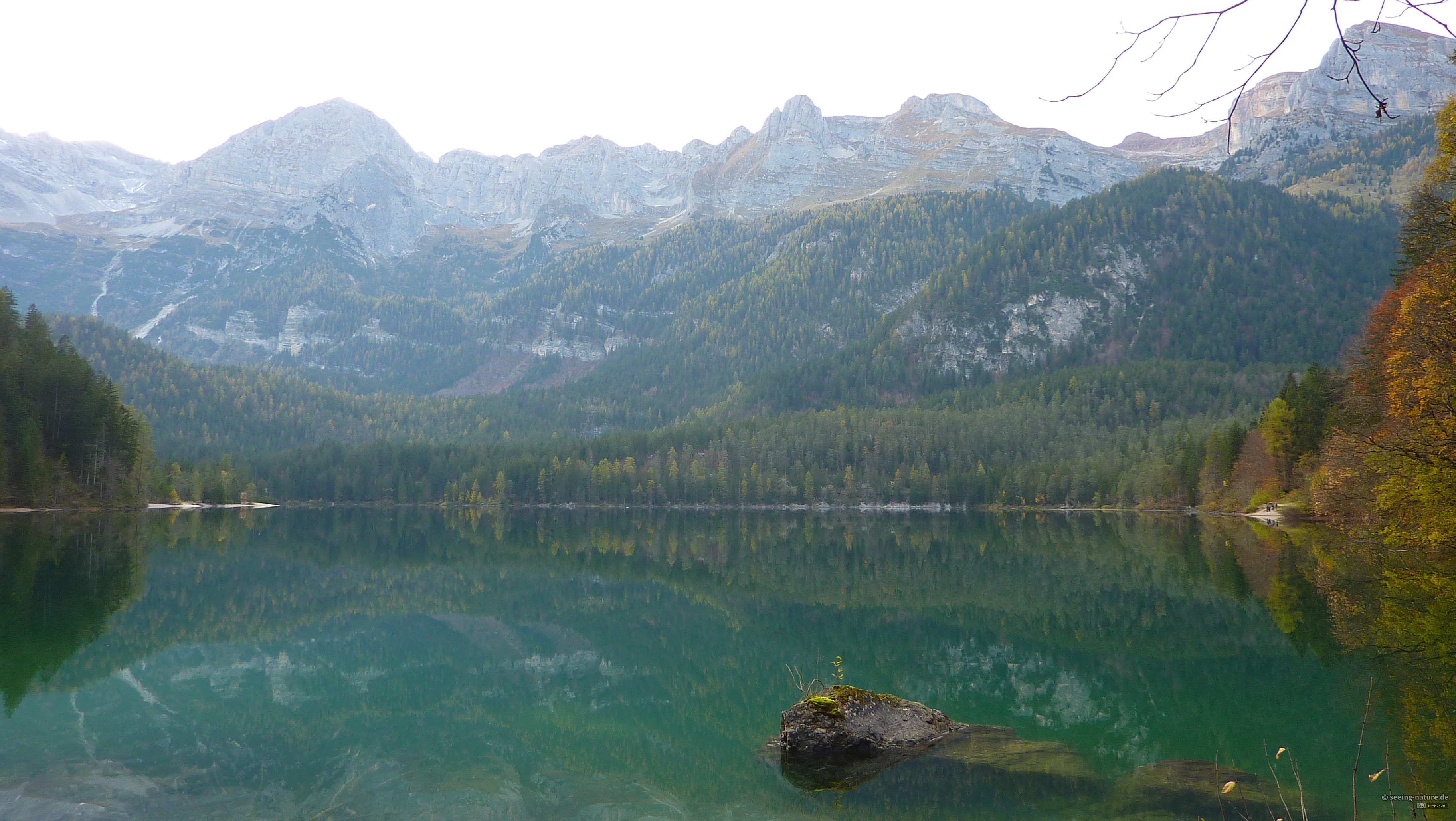
Still Symmetry
Lake Tovel, 1178m. Trentino Province, Italy
Lake Tovel became famous for a "red water phenomenon" that was occurring during the summer until mid '60s. During these events, the water would turn red due to the high density of a microscopic alga Tovellia sanguinea. These "blooming events", when density of algae would increase several-fold than usual, were linked to increased nutrient loads caused by changes in land use and livestock management practices in the surroundings. -
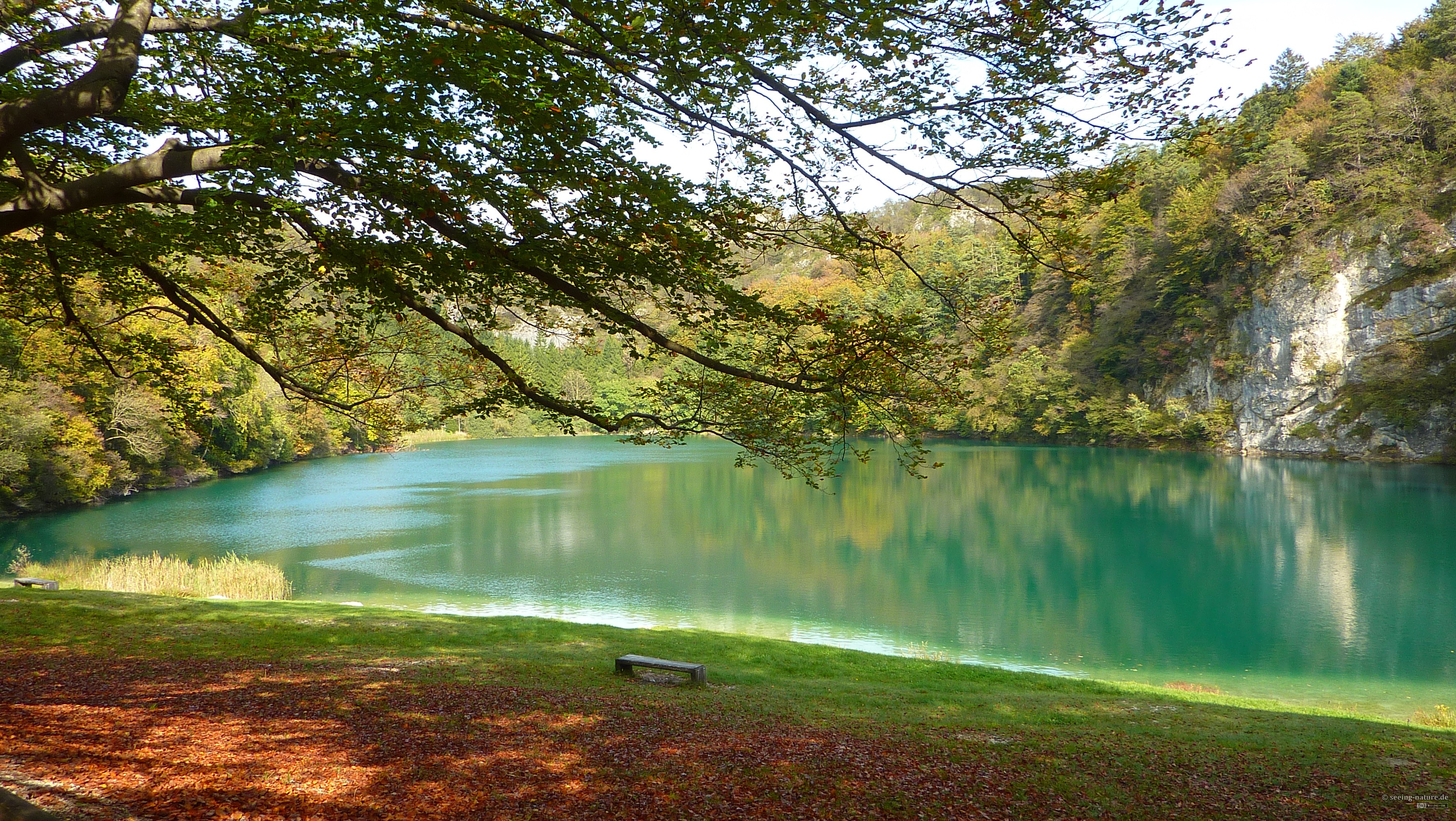
Stop the Time
Lake Lamar, 714m. Trentino Provence, Italy
Green water color in lakes is usually associated with high concentration of algae, but in this nutrient-poor (oligotrophic), clear-water lake, the unique blue-green color is a result of the water chemistry, limestone geology and a reflection of the surrounding forest. -

Deep Green
Lake Tovel, 1178m. Trentino Provence, Italy
Environmental and biological data at lake Tovel are being collected over the last decades (a project managed by FEM Hydrobiology group), and the lake is now integrated into long-term monitoring programs, such as LTER, ILTER and GLEON. Long-term data allow researchers to understand the lake dynamics and predict responses related to changes in global environments. -
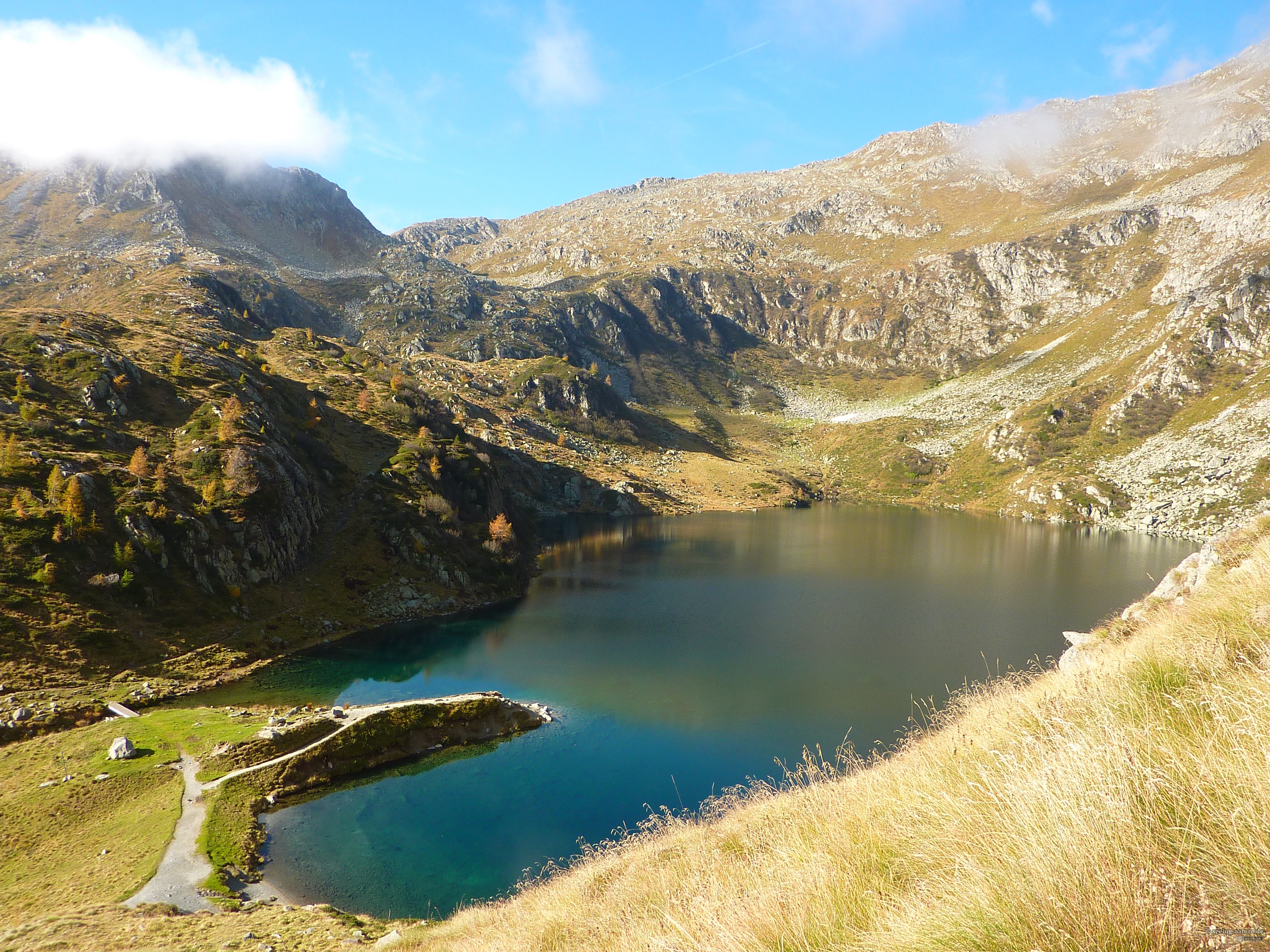
Alpine Eye
Lake Ritort, 2071m. Trentino Provence, Italy
Clear, blue water is characteristic for oligotrophic lakes where algal growth in water is limited by low amount of available nutrients (nitrates and phosphates). Blue color relates to the pristine characters or these lake ecosystems, and a low human impact in the surrounding watershed. -
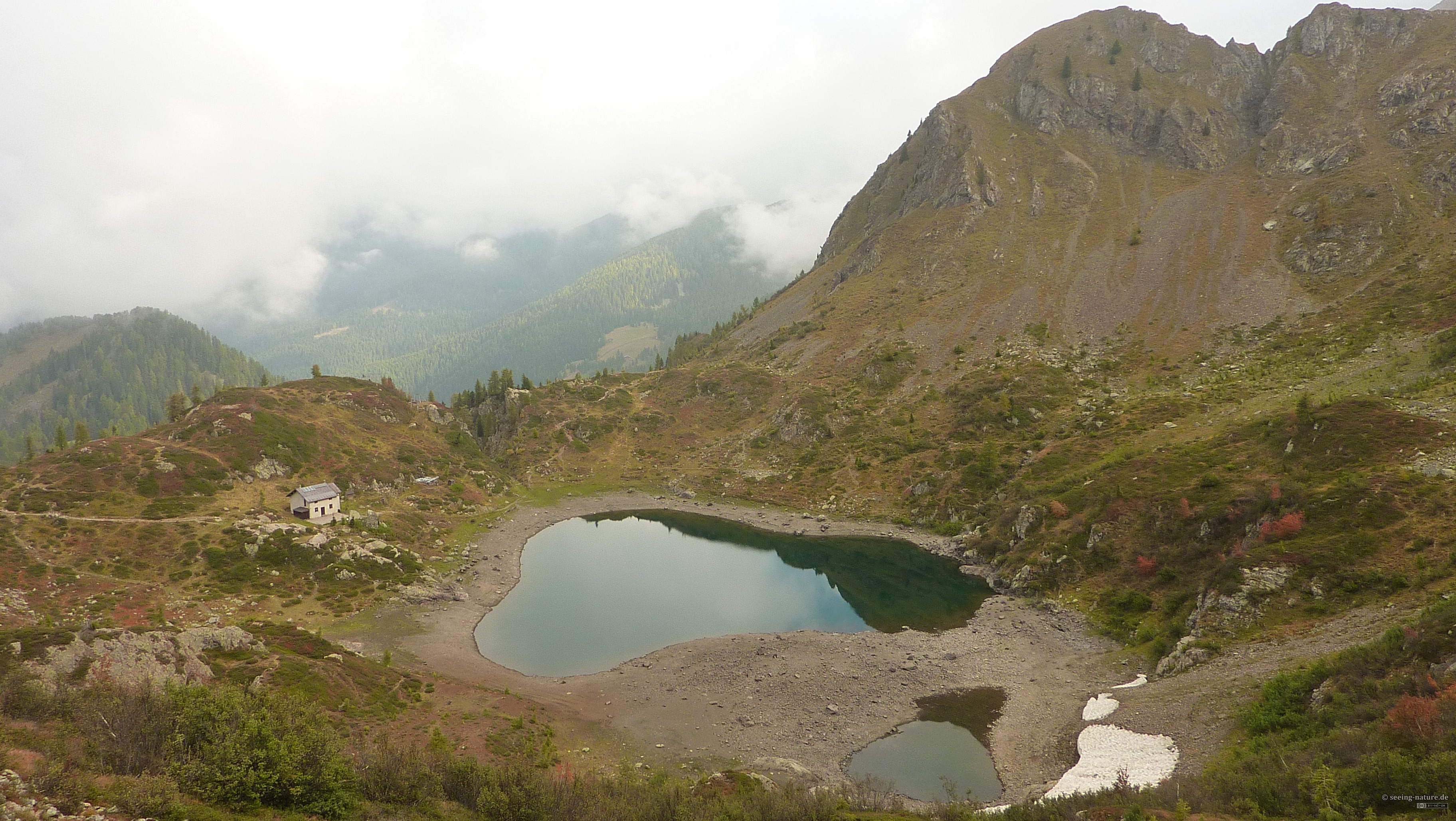
Snowmelt Bubble
Lake Erdemolo, 2006m. Trentino Provence, Italy -
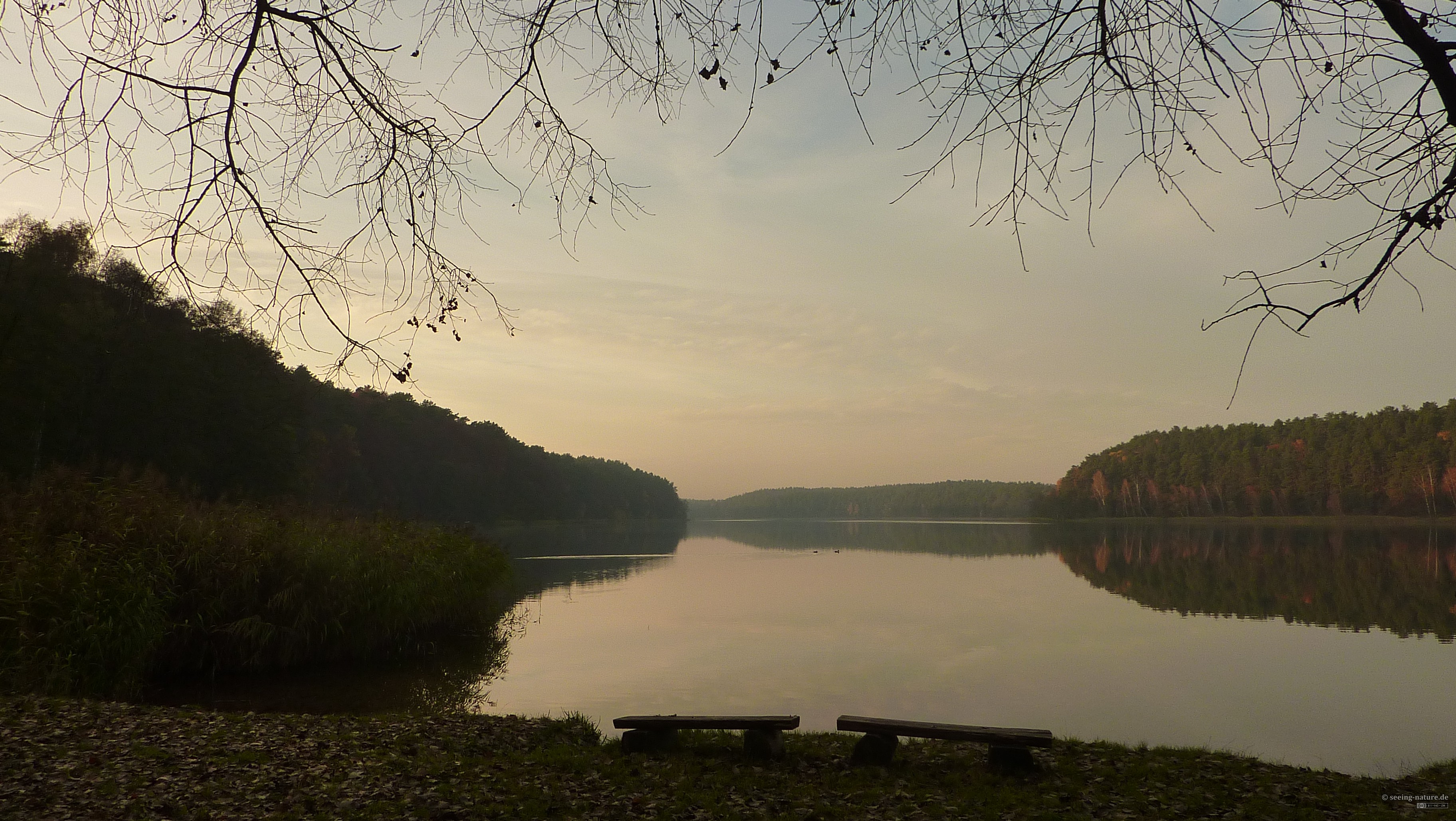
Diving into Peace
Lake Stechlin, 60m above sea level. Brandenburg, Germany -

Flying High / Let u visine
🇬🇧 Lake Molveno, 864 m, Trentino Provence, Italy
As a child, I often dreamed of flying. I would “swim” through the air in dreams full of adventures that would quickly fade away when I wake up, but a strong feeling of excitement and freedom would remain. Paragliding is probably the closest to fulfilling this dream, and it’s still at the top of my to do list. Especially with a gorgeous view like this, overlooking the lake Molveno and the Dolomites.
--------------------
🇷🇸 Let u visine.
Jezero Molveno, 864 m nadmorske visine. Provincija Trentino, Italija
Kao dete, često sam sanjala da letim. “Plivala” bih kroz vazduh u snovima koji su bili puni avantura koje bih brzo zaboravila kad se probudim, ali ostalo bi jako osećanje uzbuđenja i slobode. Paraglajding bi možda bio najbliže ostvarenju tog sna, i još uvek je na vrhu moje liste želja. Naročito sa ovako božanstvenim pogledom na jezero Molveno i Dolomite. -

The Shelter / Sklonište
🇬🇧 Bohinj Lake, 526m. Slovenia
Overshadowed by it’s more popular neighbor Bled, lake Bohinj offers spectacular opportunities for outdoor activities for nature lovers. Nested in the heart of Julian Alps, it’s the largest natural lake in Slovenia, protected within the Triglav National Park.
--------------------
🇷🇸 Sklonište.
Bohinjsko jezero, 526m nadmorske visine. Slovenija
Zasenjeno susednim, popularnijim Bledom, Bohinjsko jezero nudi spektakularne mogućnosti za aktivnosti na otvorenom za ljubitelje prirode. Ušuškano u srcu Julijskih Alpa, najveće je prirodno jezero u Sloveniji, zaštićeno unutar Nacionalnog parka Triglav. -
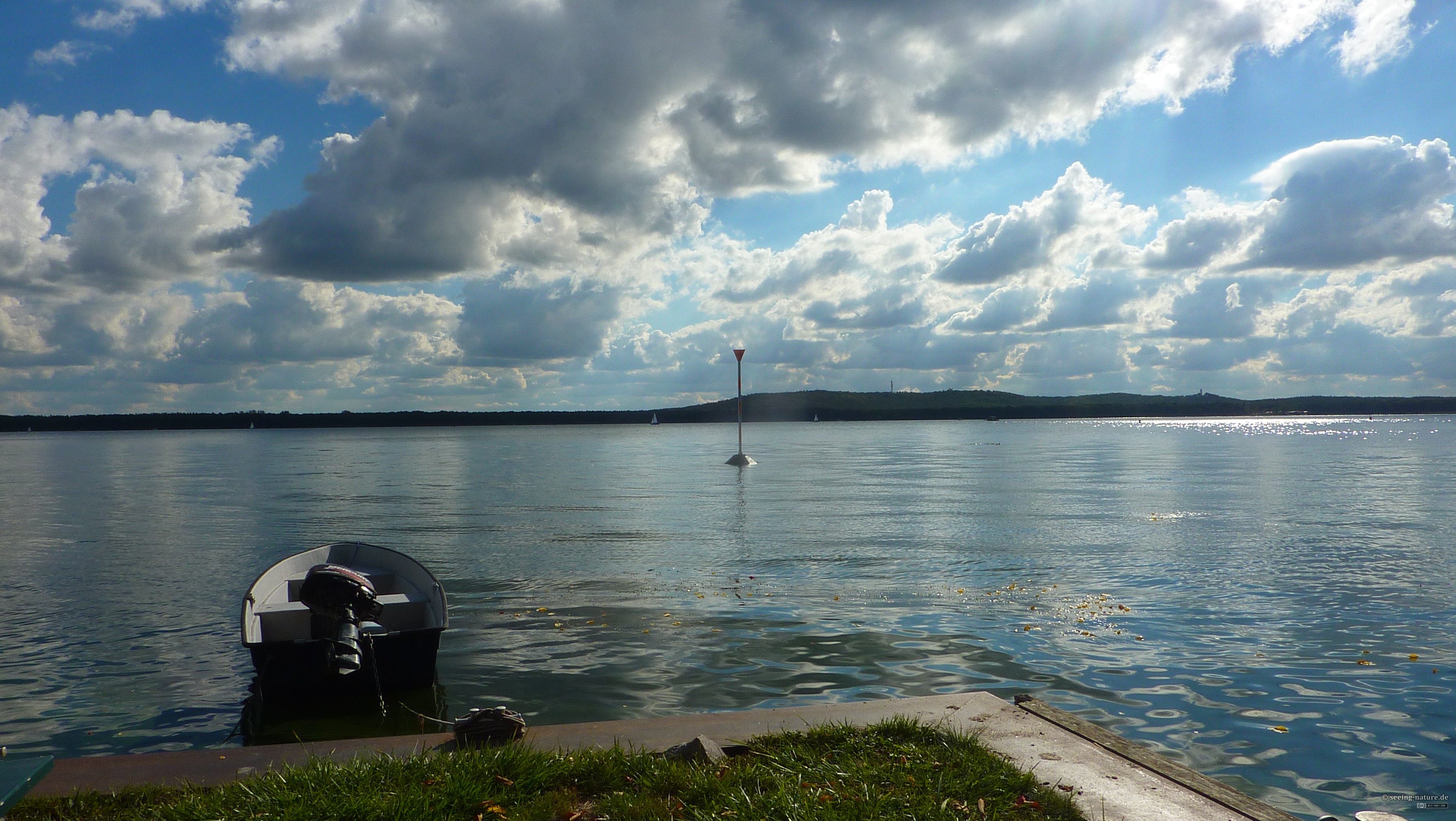
Lunch Time
Großer Müggelsee, 30m above sea level. Berlin, Germany
The research station at Großer Müggelsee operated by IGB collects long-term ecological data, and the current conditions are publicly available online. Großer Müggelsee is part of long-term monitoring programs such as GLEON and NetLake that allow researchers to better understand lake dynamics and predict responses to global changes.
I am very lucky to have a workplace right next to a beautiful lake. This is the view we get to enjoy during lunch breaks in summer. -
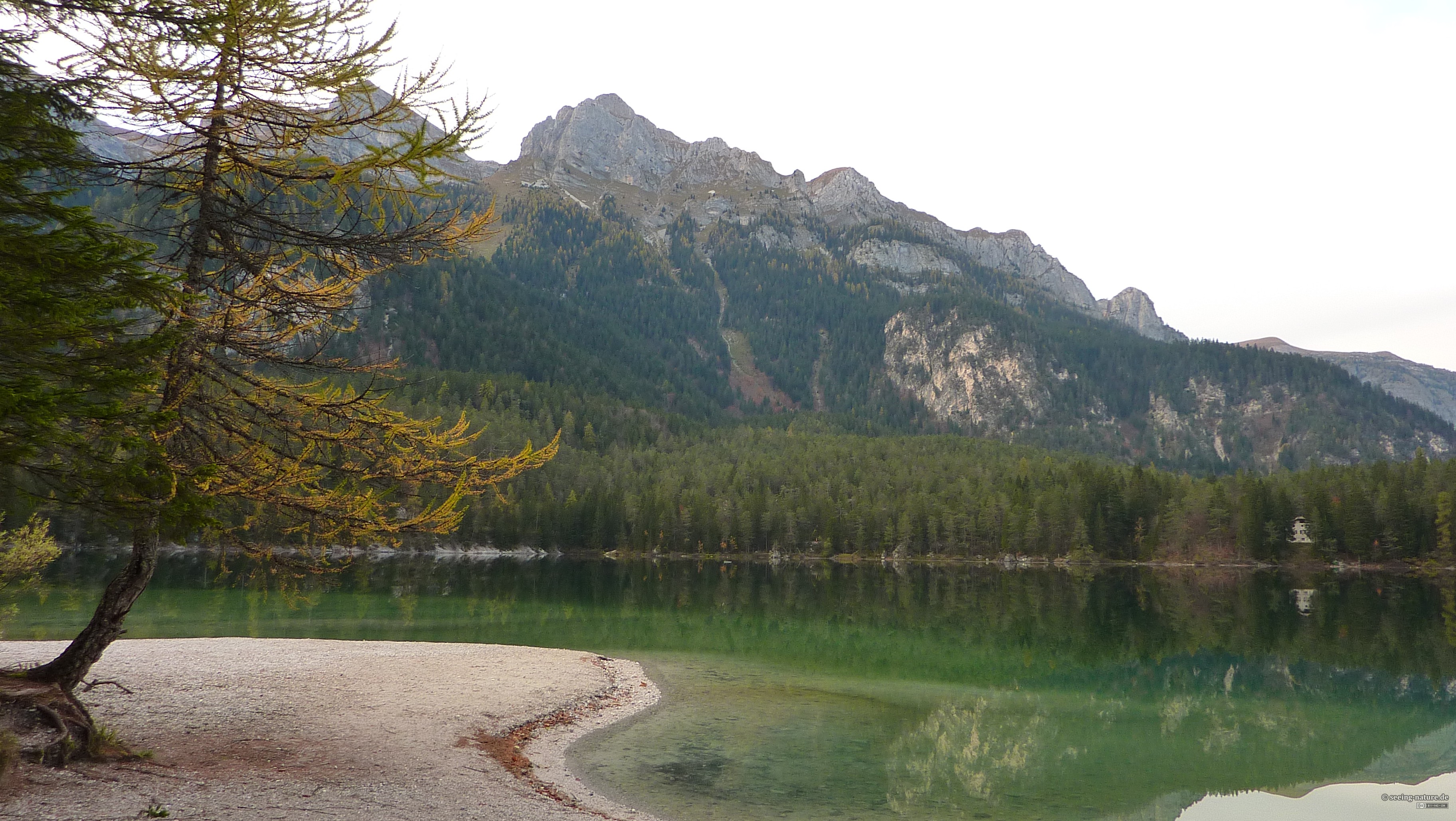
Beach Line
Lake Tovel, 1178m. Trentino Province, Italy
Even though lake Tovel finds itself at a moderate altitude, it acts as a high-alpine lake. The water is very cold and clear with visibility almost to its bottom at 40m. As a typical clear-water alpine lake, it is characterized by a low amount of nutrients, but a high biodiversity of microscopic plankton. -
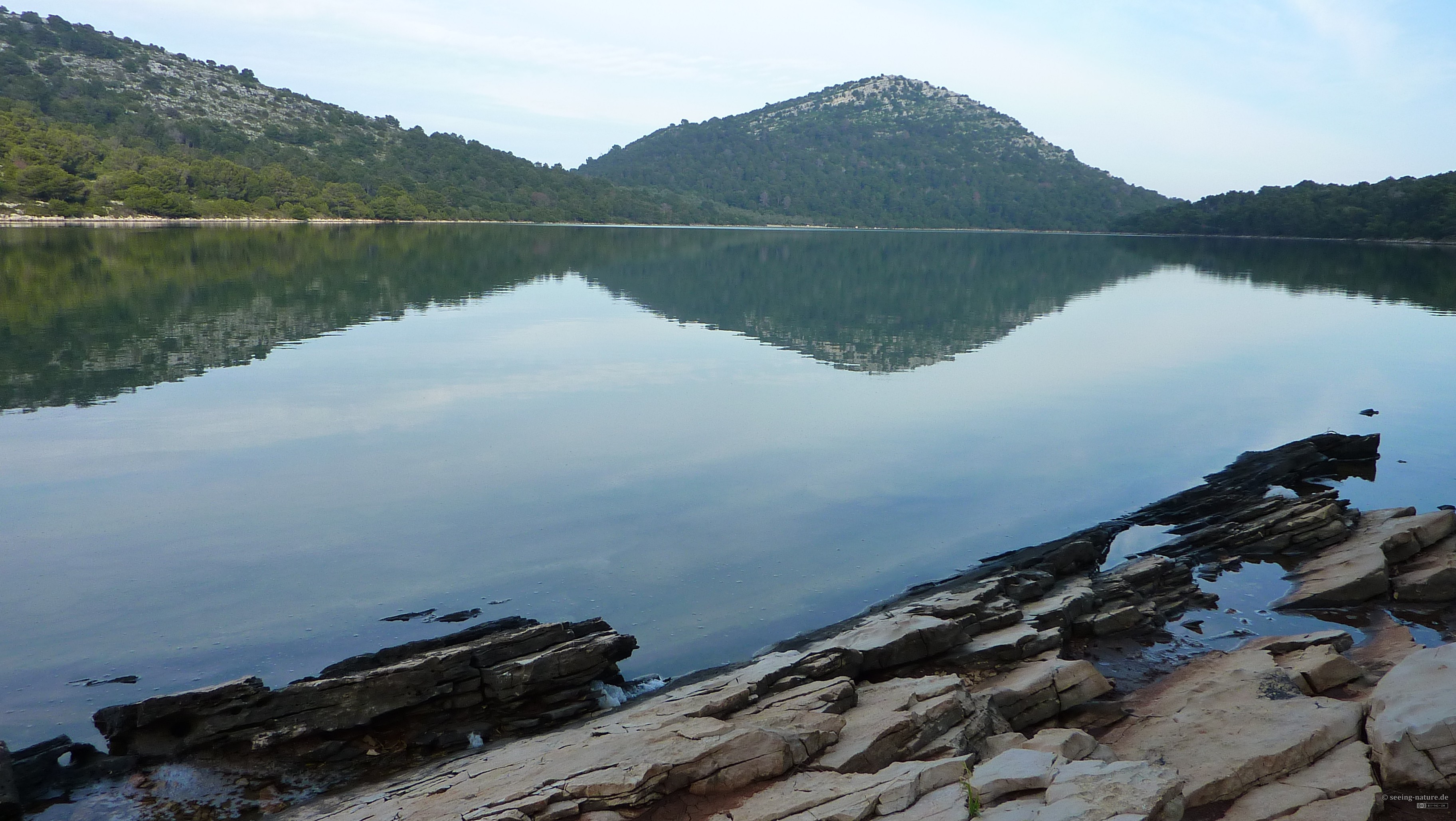
Broken Coast
Salt Lake Mir. Dugi otok, Kornati, Croatia -
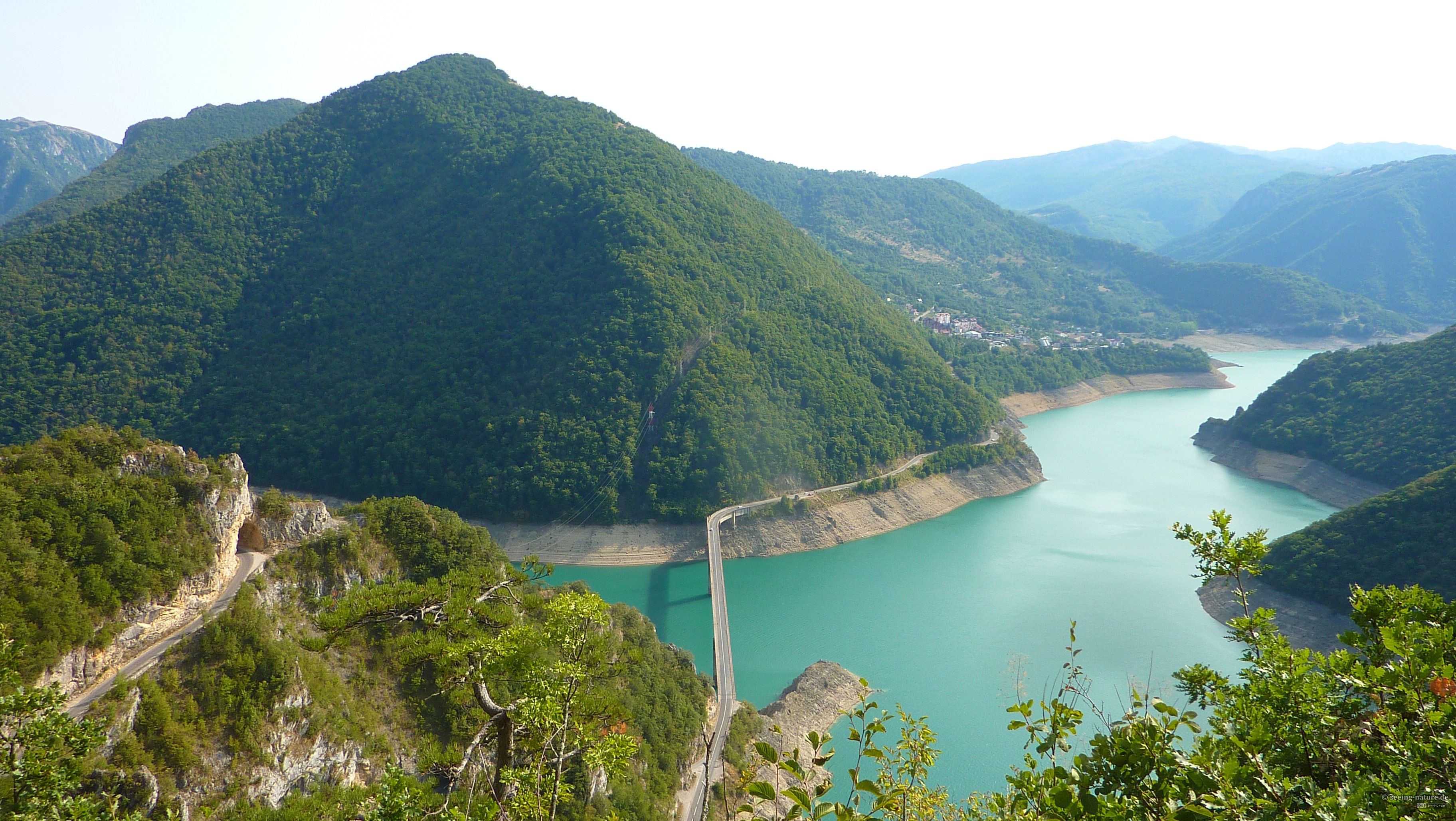
Dammed Power
Pivsko jezero (Piva Lake), created by Hydropower Dam Mratinje on Piva River. Montenegro
Hydropower is neither "green" nor carbon-neutral energy source. The reservoirs created by dams emit large amounts of methane that strongly contribute to climate change. Furthermore, river damming harms wildlife and surrounding communities.
According to 2017 report by RiverWatch there are currently 700 dams operating at the Balkan peninsula. In addition, a tremendous amount of 2600 (mostly small) dams is planned to be constructed in the region in the upcoming years, many to be located in protected areas. This threatens biodiversity of Europe's last free-flowing, pristine and rich rivers, "the blue heart of Europe", such as Vjosa River in Albania. Read more about the ecological status, threats and financing of these projects here, and if you have a moment to sign a petition to prevent it from happening you can do so here.
The booming hydropower is not specific to Balkans, it is happening globally. -
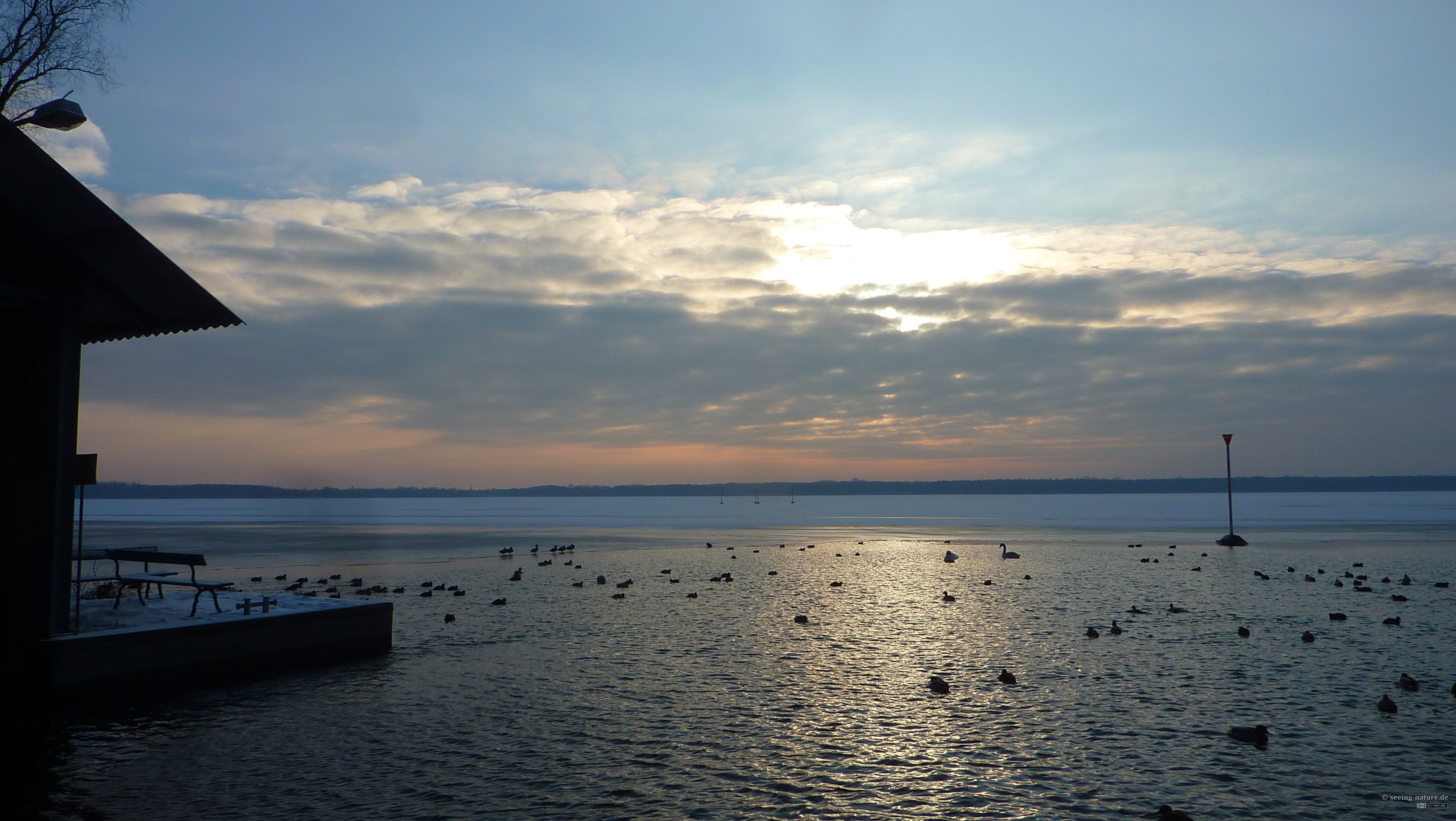
Frozen Stillness
Großer Müggelsee, 30m above sea level. Berlin, Germany -
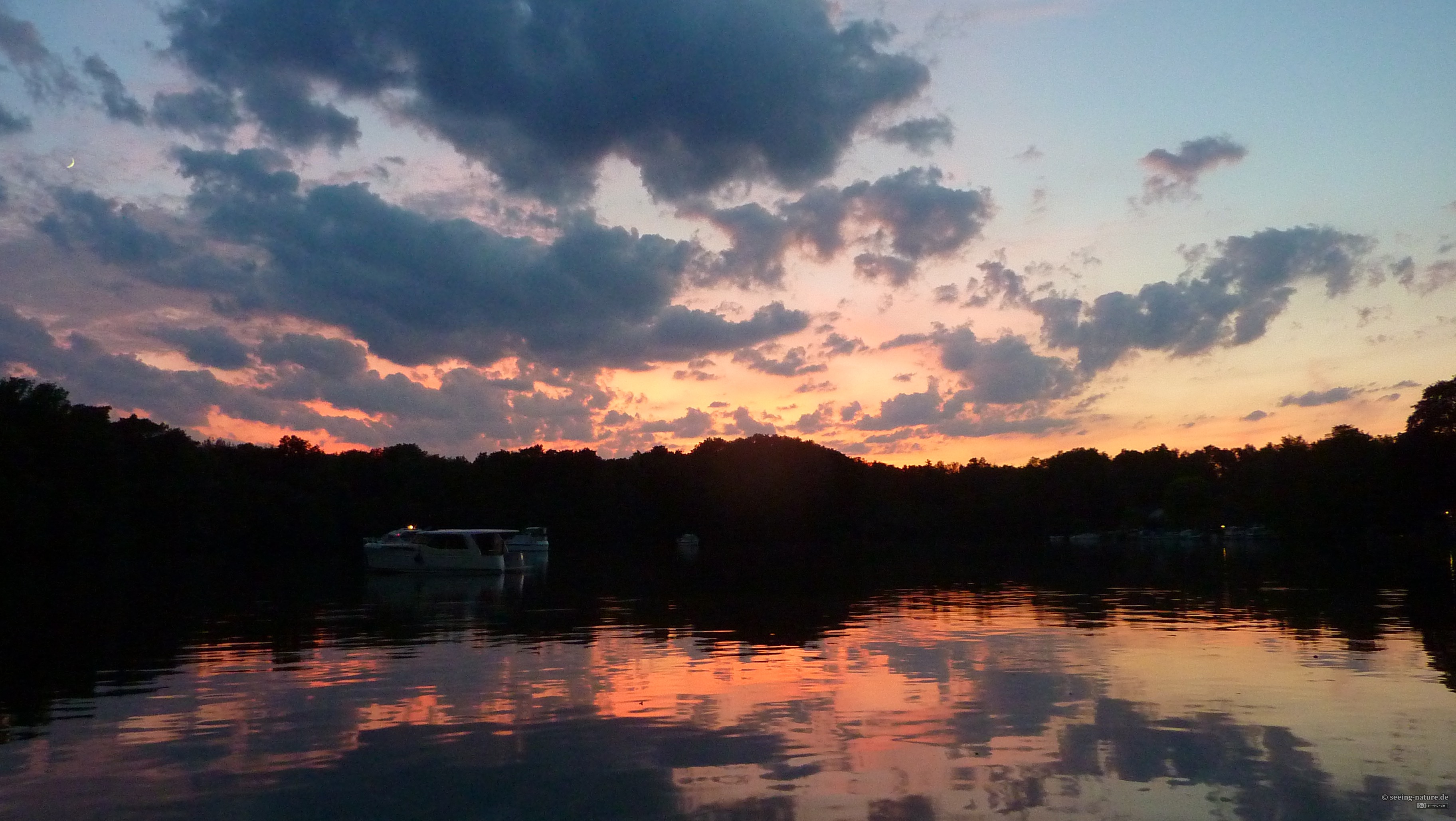
Sleep Time
Kleiner Müggelsee, 30m above sea level. Berlin, Germany -
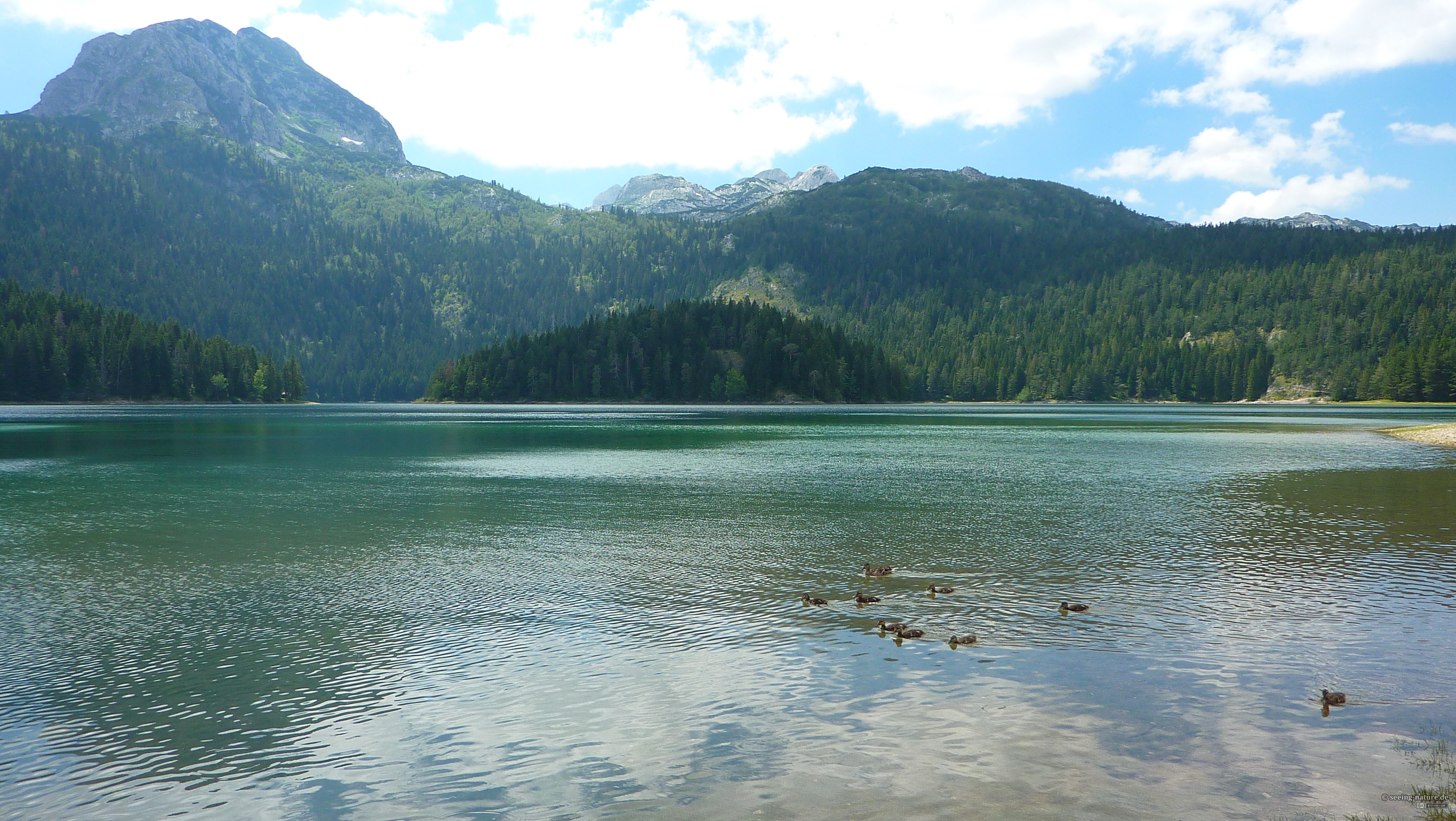
Family Cruise
Black Lake, 1416m. Zabljak, Montenegro -
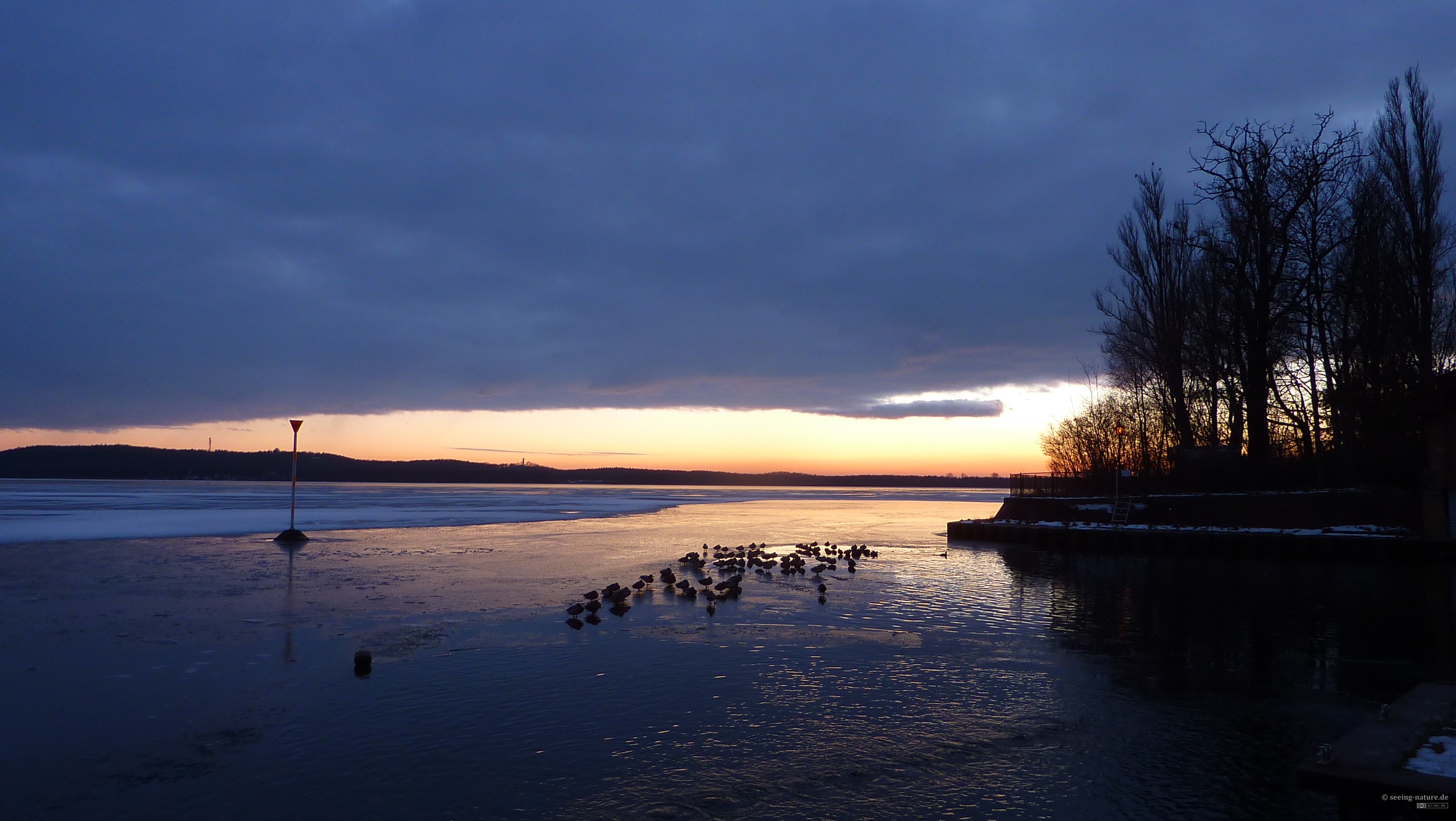
Winter Nap
Großer Müggelsee, 30m above sea level. Berlin, Germany -
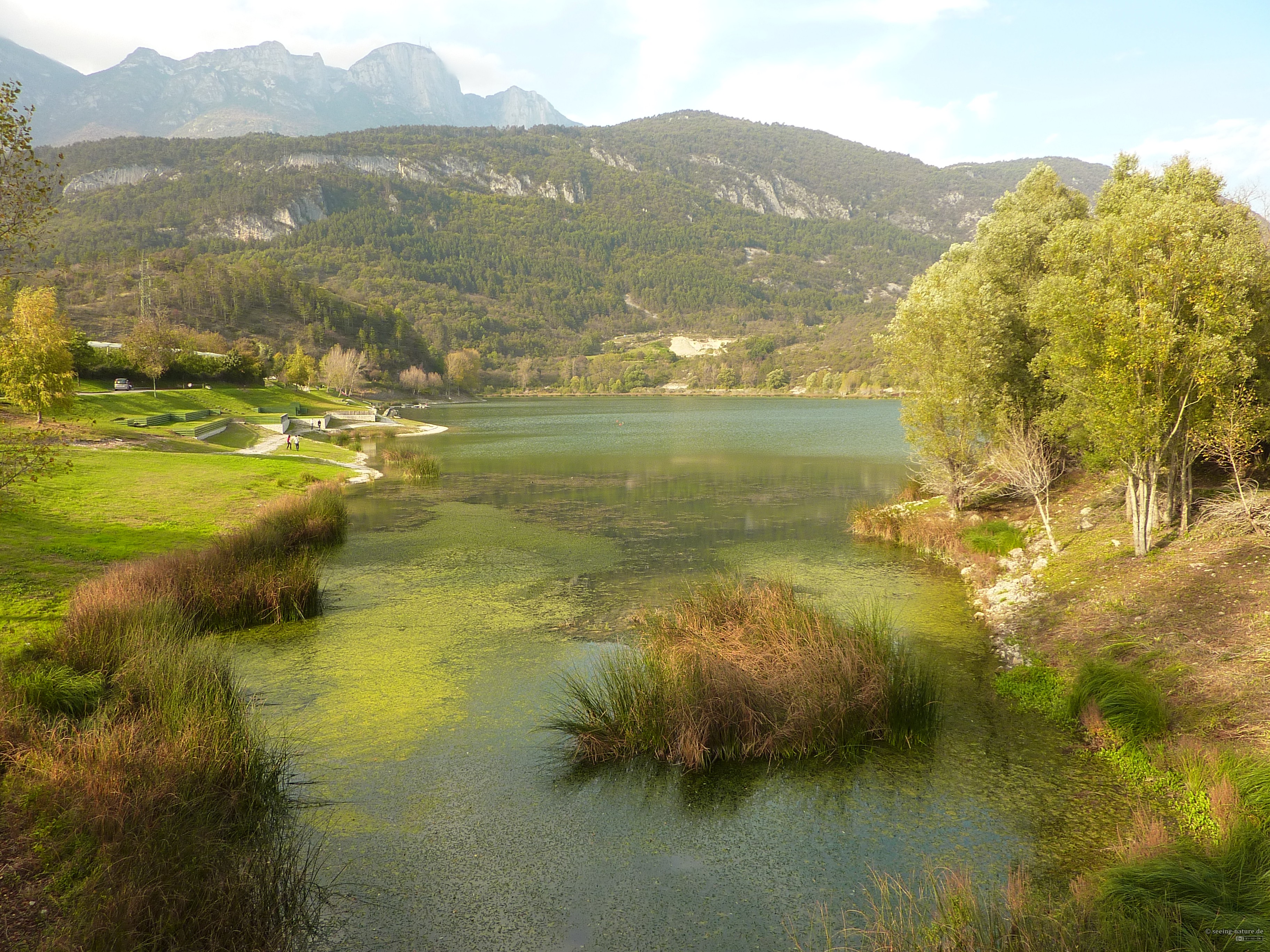
Blooming Water
Lake Terlago, 456m. Trentino Provence, Italy -
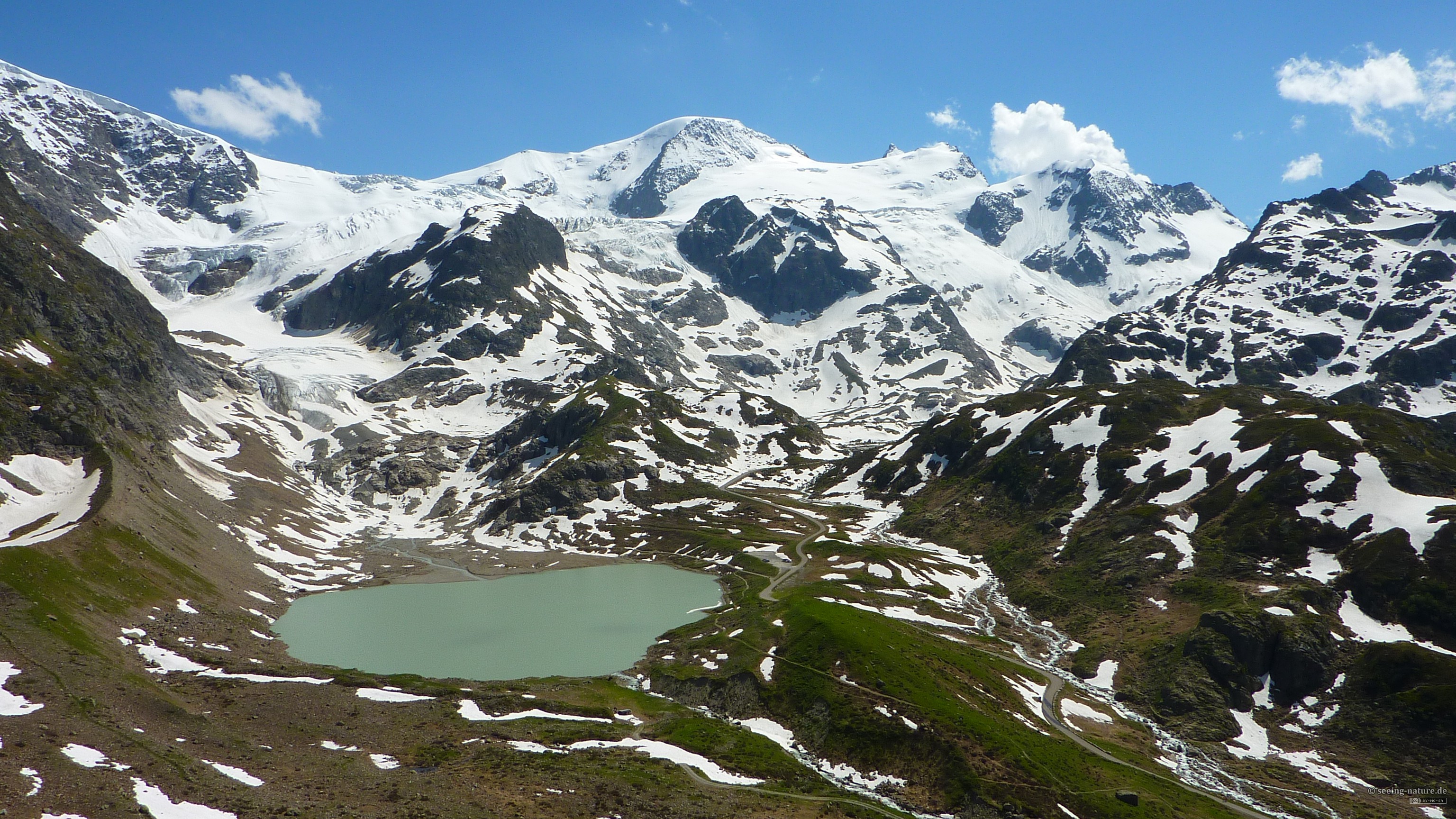
Liquid Glacier
Steingletscher, 1865m. Switzerland -
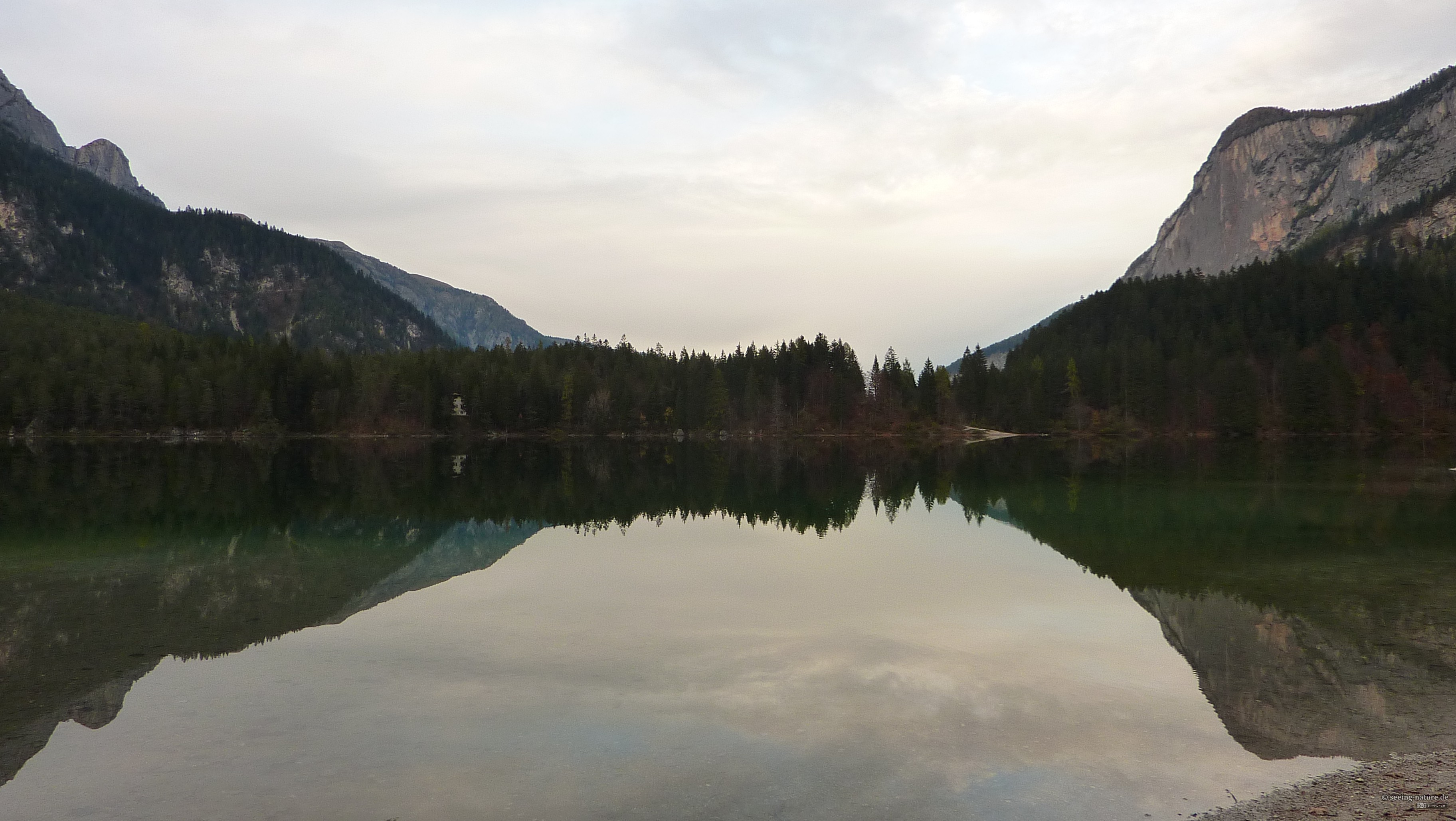
Hugging the Sky
Lake Tovel, 1178m. Trentino Provence, Italy -

Postcard Village
Lake Molveno, 864m. Trentino Provence, Italy